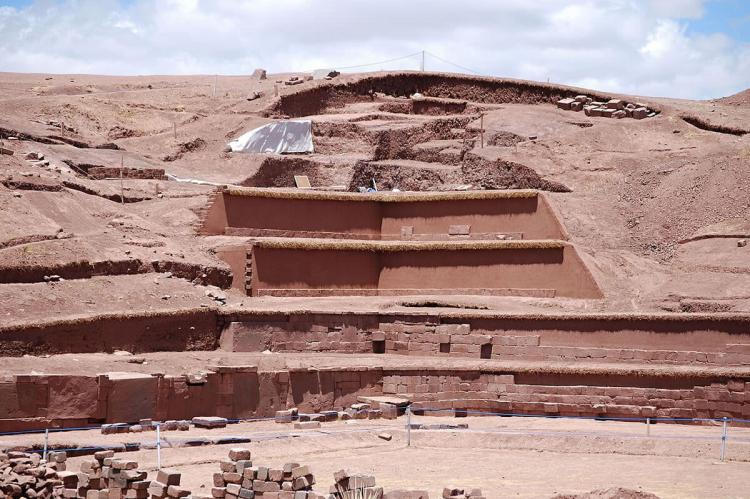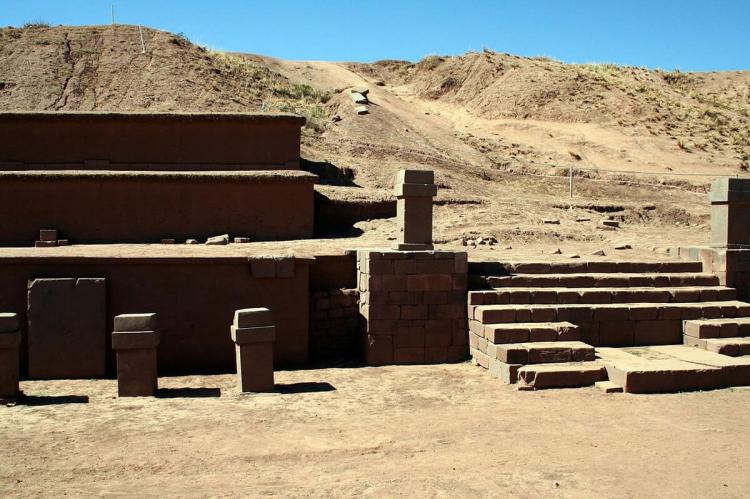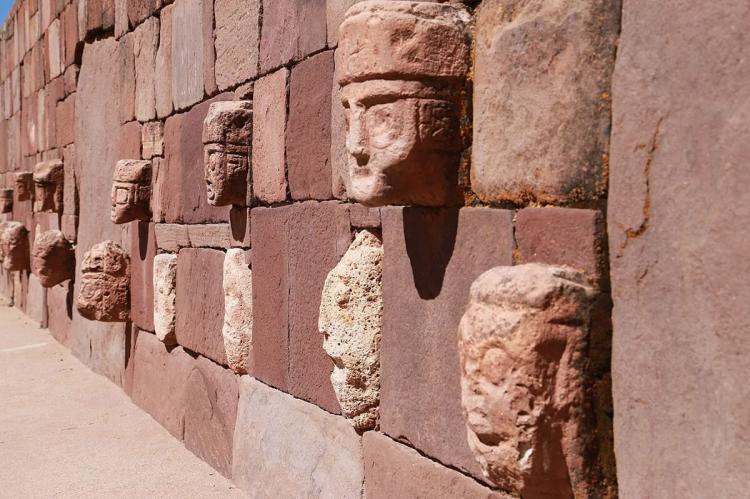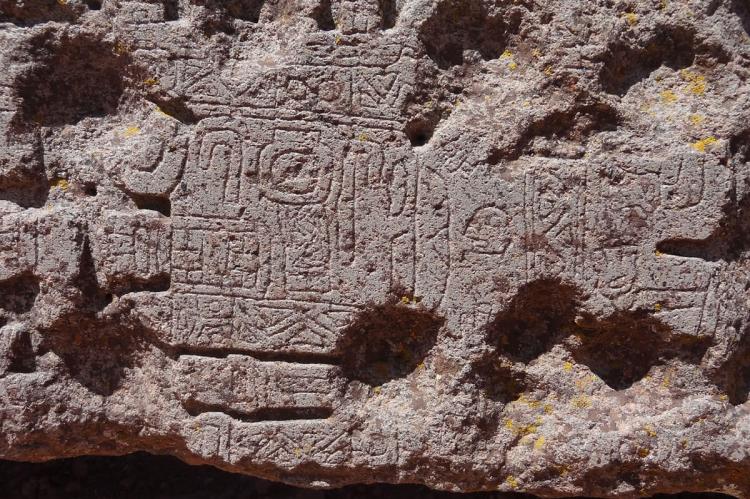Tiwanaku: Pre-Columbian Archaeological Site (Bolivia)
Tiwanaku is an extraordinary archaeological site that offers a glimpse into the advanced civilization that once flourished in Bolivia's Altiplano. Its World Heritage status recognizes this ancient city's cultural and historical significance in the pre-Columbian civilizations of the Andean region.
Tiwanaku
Tiwanaku, alternatively spelled Tiahuanaco or Tiwanacu, stands as a testament to the rich and sophisticated pre-Columbian civilizations that thrived in the Andean region. Situated on the southern shores of Lake Titicaca in western Bolivia, this archaeological site, with its intricate structures and cultural significance, earned a well-deserved place on UNESCO's World Heritage List in 2000.
The roots of Tiwanaku trace back to a humble settlement that evolved into a meticulously planned city. Scholars debate the dating of its earliest remains, some attributing them to the Early Intermediate Period (circa 200 BC-AD 200), while others identify cultural artifacts dating back to the 2nd millennium BC. The city eventually became the capital of a formidable pre-Hispanic empire that dominated vast areas of the southern Andes for several centuries, reaching its zenith between 500 and 900 AD.
While much of the ancient city, constructed predominantly from adobe, has succumbed to the encroachment of the modern town, the ceremonial center's monumental stone buildings endure within protected archaeological zones. These structures showcase the advanced architectural techniques and materials employed by the Tiwanaku civilization in various fields, such as architecture, pottery, textiles, metals, and basket-making.
Tiwanaku served as the epicenter of knowledge and 'saberes' (wisdom), extending its influence to inter-Andean valleys and the coast. The city's political and administrative structures, including the Palace of Putuni and Kantatallita, provide insights into the period's complex political and religious nature.
Pre-Columbian Archaeological Site
The archaeological site comprises a series of architectural structures reflecting different cultural periods. Critical structures include the Temple Semi-underground, Kalasasaya's Temple, Akapana's Pyramid, and Pumapumku's Pyramid. These structures served as public and religious spaces and underscored the distinctive cultural and political identity of the Tiwanaku civilization.
Among the most imposing structures at Tiwanaku is the Pyramid of Akapana, which initially boasted seven superimposed platforms. Rising over 18 meters, the pyramid's surviving lower levels and intermediate walls reveal it was clad in sandstone and andesite, topped by a temple. Well-preserved drainage canals surround the pyramid, and the nearby semi-subterranean temple (Templete) features intricate carvings, including stone heads symbolizing the defeated enemies.
To the north of Akapana stands the Kalasasaya, a rectangular open temple believed to have served as an observatory. Its interior holds two carved monoliths and the iconic Gate of the Sun, a single slab of andesite with an elaborate bas-relief frieze. The frieze, interpreted as an agricultural calendar, features a central deity, anthropomorphic birds, and human faces, showcasing Tiwanaku's art's cultural and religious significance.
Tiwanaku's economic foundation is evident in Sukakollos, agricultural fields showcasing advanced irrigation technology. These artificial terraces supported sustainable farming and contributed to the cultural evolution of the Tiwanaku Empire. The technology and innovations perfected by Tiwanaku settlers were later adopted and extended by succeeding civilizations, reaching as far as Cusco.
Tiwanaku is an extraordinary archaeological site that offers a glimpse into the advanced civilization that once flourished in Bolivia's Altiplano. Its inclusion in UNESCO's World Heritage List recognizes this ancient city's cultural and historical significance, underscoring its enduring impact on the pre-Columbian civilizations of the Andean region.





